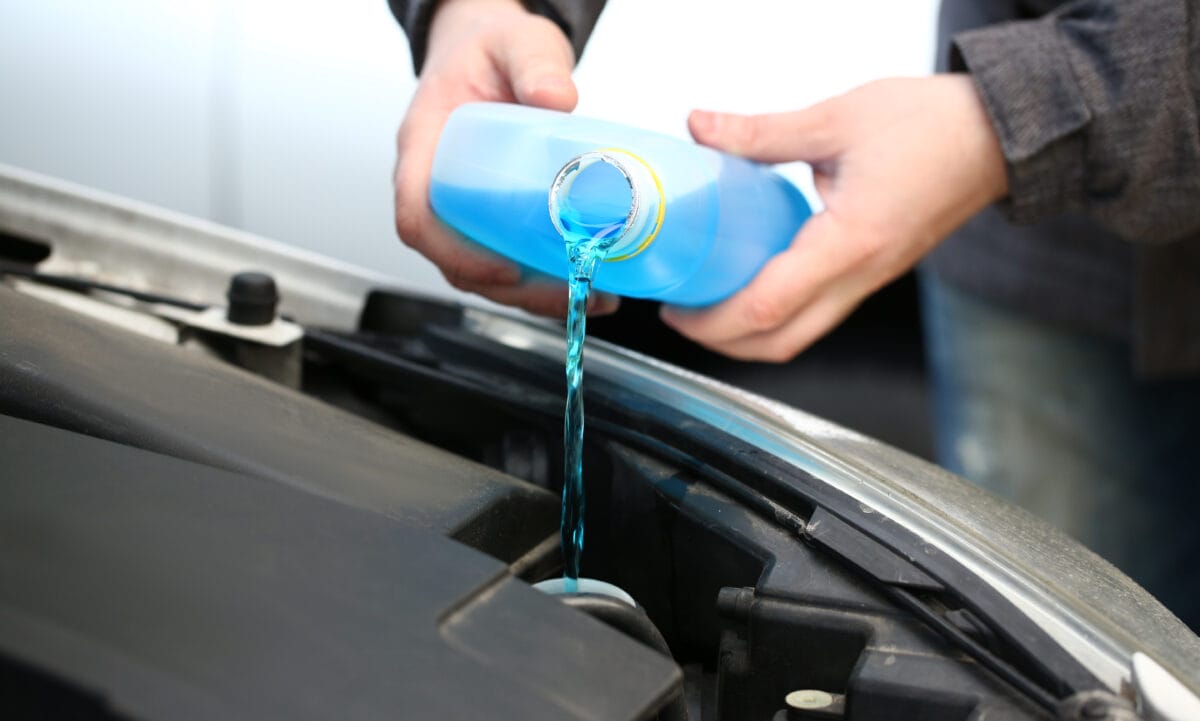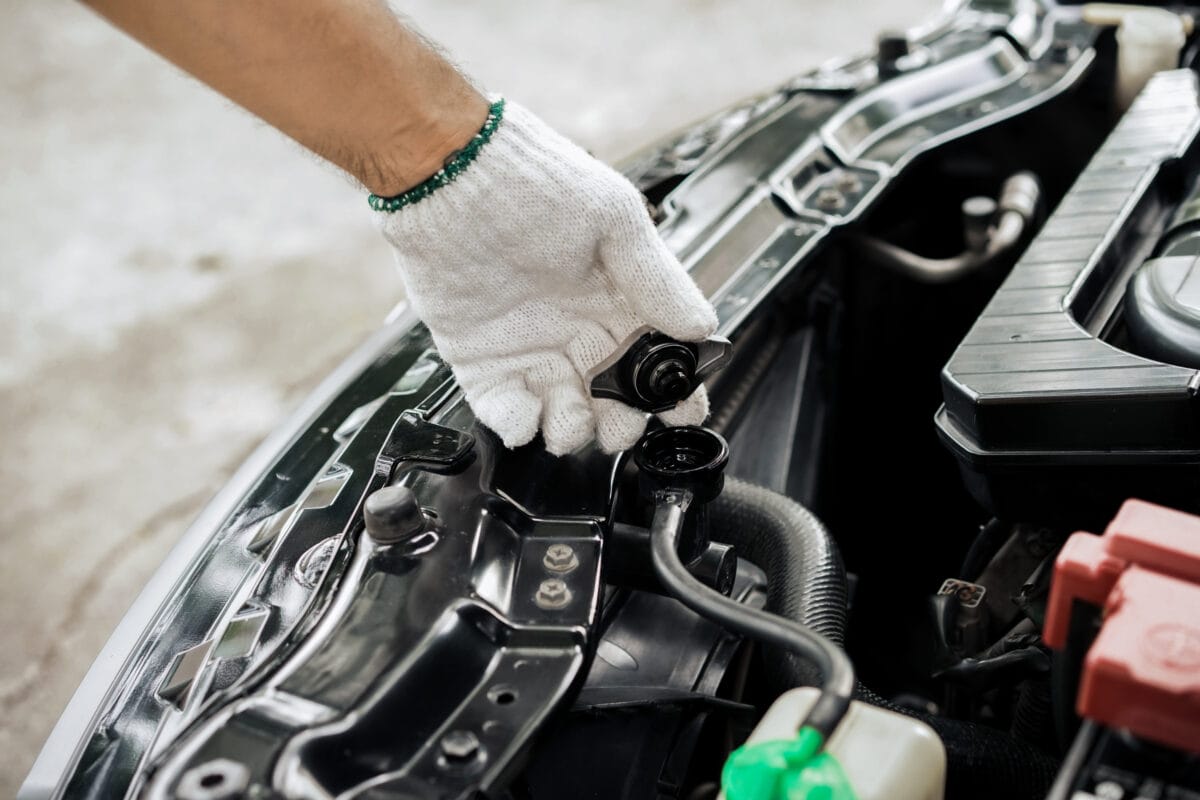Understanding Car Coolant Level Low: Causes, Consequences, and Solutions for Optimal Engine Performance

The Importance of Car Coolant
What is Car Coolant?
Car coolant, also known as antifreeze radiator fluid, is a vital component in maintaining your vehicle’s engine performance. Its primary role is to regulate the engine temperature, preventing it from overheating during operation. How does your car coolant level low?
There are several types of coolant available, including ethylene glycol and propylene glycol-based fluids, each designed to perform specific functions. The right mixture of coolant and water is crucial, as it ensures optimal heat transfer and prevents freezing in colder climates. Maintaining the correct coolant mixture not only enhances engine efficiency but also prolongs the life of engine components.
How Coolant Works in Your Vehicle
The cooling system plays a critical role in regulating engine temperature. Coolant circulates through the engine, absorbing heat and transferring it to the radiator, where it is cooled before returning to the engine. This process of heat exchange is essential for maintaining the engine’s optimal operating temperature.
Proper coolant levels contribute significantly to engine longevity and efficiency. When coolant levels are adequate, the engine operates smoothly, reducing wear and tear on components and enhancing overall performance.
Causes of Low Coolant Levels
Common Reasons for Low Coolant
Low coolant levels can arise from several common issues. Leaks in the cooling system, such as those found in the radiator, hoses, or water pump, are frequent culprits. These leaks can lead to significant fluid loss over time.
Additionally, evaporation and fluid loss can occur due to high temperatures, especially if the vehicle is frequently driven in hot conditions. Inadequate coolant maintenance and replacement can also contribute to low levels, as old coolant may break down and lose its effectiveness.
Signs of Low Coolant Levels
Being aware of the signs of low coolant levels is crucial for any car owner. Warning lights and dashboard indicators often signal a coolant issue, alerting you to check your levels.
Overheating engine symptoms, such as steam rising from under the hood or a temperature gauge reading in the red zone, are clear indicators that coolant levels may be low. Furthermore, visible signs of coolant leaks under the vehicle, such as puddles of bright green or orange fluid, should not be ignored.
Consequences of Low Coolant Levels
Impact on Engine Performance
Neglecting coolant levels can lead to severe consequences for engine performance. The risk of engine overheating increases significantly, which can cause catastrophic damage to engine components.
Additionally, low coolant levels can result in decreased fuel efficiency and various performance issues, leading to a less enjoyable driving experience. Over time, the long-term effects on engine components can lead to costly repairs and a decline in overall vehicle health.
Financial Implications of Neglecting Coolant Levels
The financial implications of neglecting coolant levels can be substantial. The cost of repairs due to engine damage can quickly escalate, making preventive maintenance a wise investment.
Regular coolant maintenance is far less expensive than the potential repair costs associated with a damaged engine. By comparing the costs of routine coolant checks and replacements to the expenses incurred from major repairs, it’s clear that proactive measures are the smarter choice.
Solutions for Maintaining Optimal Coolant Levels
Regular Maintenance Practices
To maintain optimal coolant levels, regular maintenance practices are essential. Checking coolant levels should be a routine part of vehicle upkeep, ideally performed every few months or before long trips.
Flushing and replacing coolant periodically is also crucial, as old coolant can lose its effectiveness over time. Additionally, being vigilant in identifying and fixing leaks can prevent low coolant levels from becoming a recurring issue.
Emergency Measures for Low Coolant
If you notice low coolant levels while driving, it’s important to take immediate action. Pull over safely and allow the engine to cool before checking the coolant reservoir. In an emergency, you can temporarily add distilled water to the coolant system to prevent overheating until you can seek professional help.
Knowing when to seek professional assistance is vital. If you are unable to locate the source of the coolant loss or if the problem persists, it’s best to consult a mechanic for a thorough inspection.

Maintaining proper coolant levels is crucial for ensuring optimal engine performance and longevity. By adopting regular maintenance habits and being proactive about coolant checks, car owners can prevent overheating and costly repairs.
understanding the importance of coolant and its role in engine health empowers you to keep your vehicle running smoothly and efficiently. Prioritize your vehicle’s coolant levels, and you will reap the benefits of a well-maintained engine for years to come.
With a scheduled service appointment at Consumer Tire, our team of ASE-certified technicians, along with state-of-the-art technology, can take care of all your vehicle’s maintenance needs. This includes new tires, tire balancing, tire rotation, and wheel alignment along with our other services. With nine work-bays, a professional team of technicians, and a reputation for dedication to doing quality work since 1962, you can rely on us to do the job right.

 Find a Location Near You
Find a Location Near You